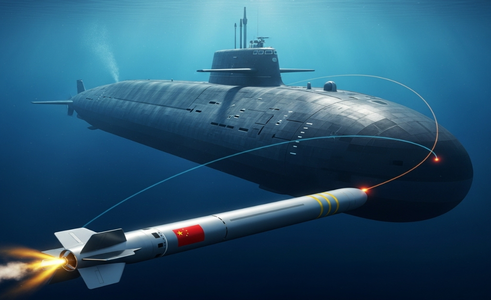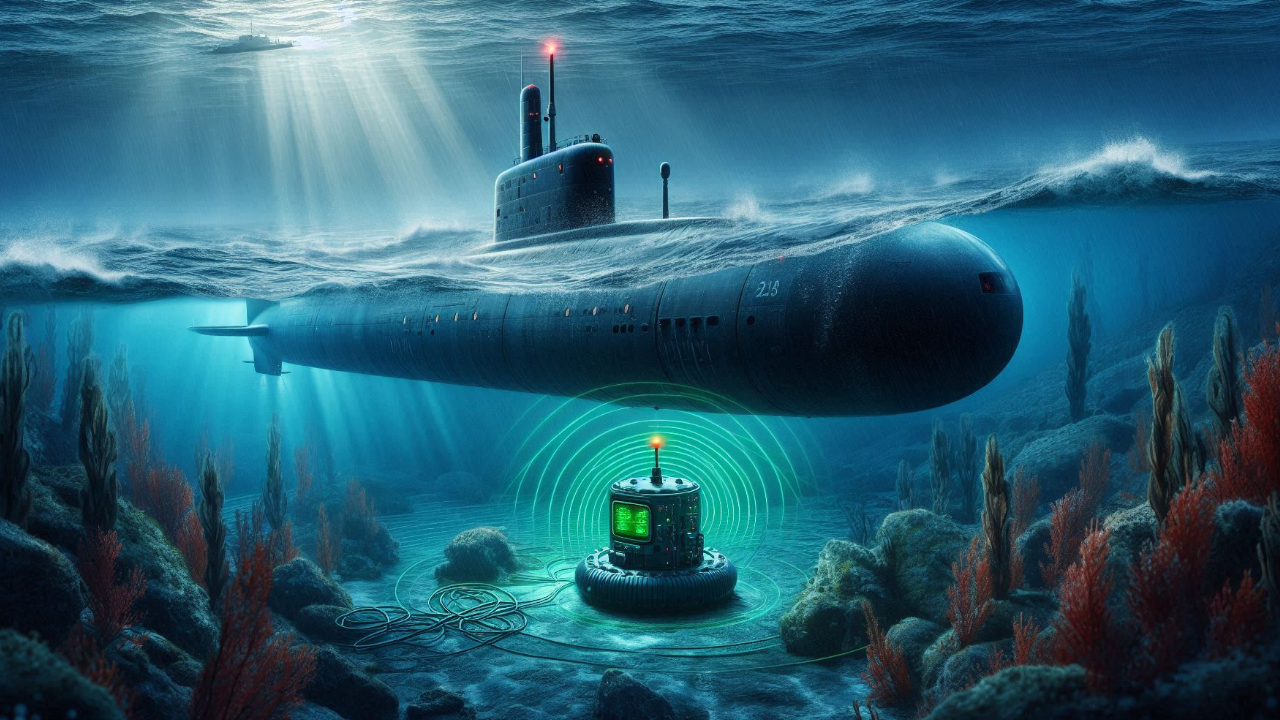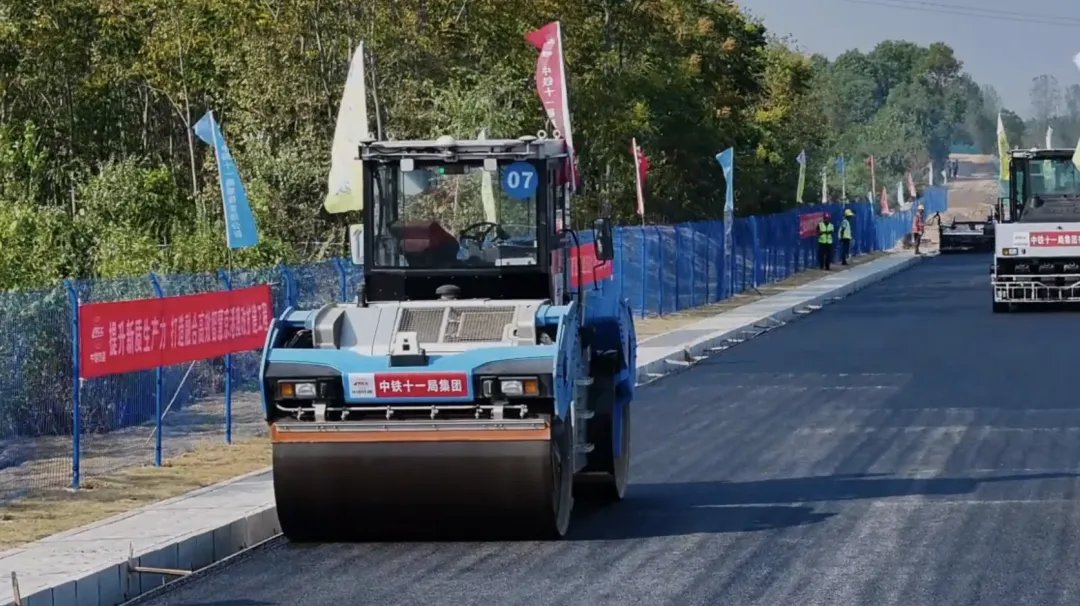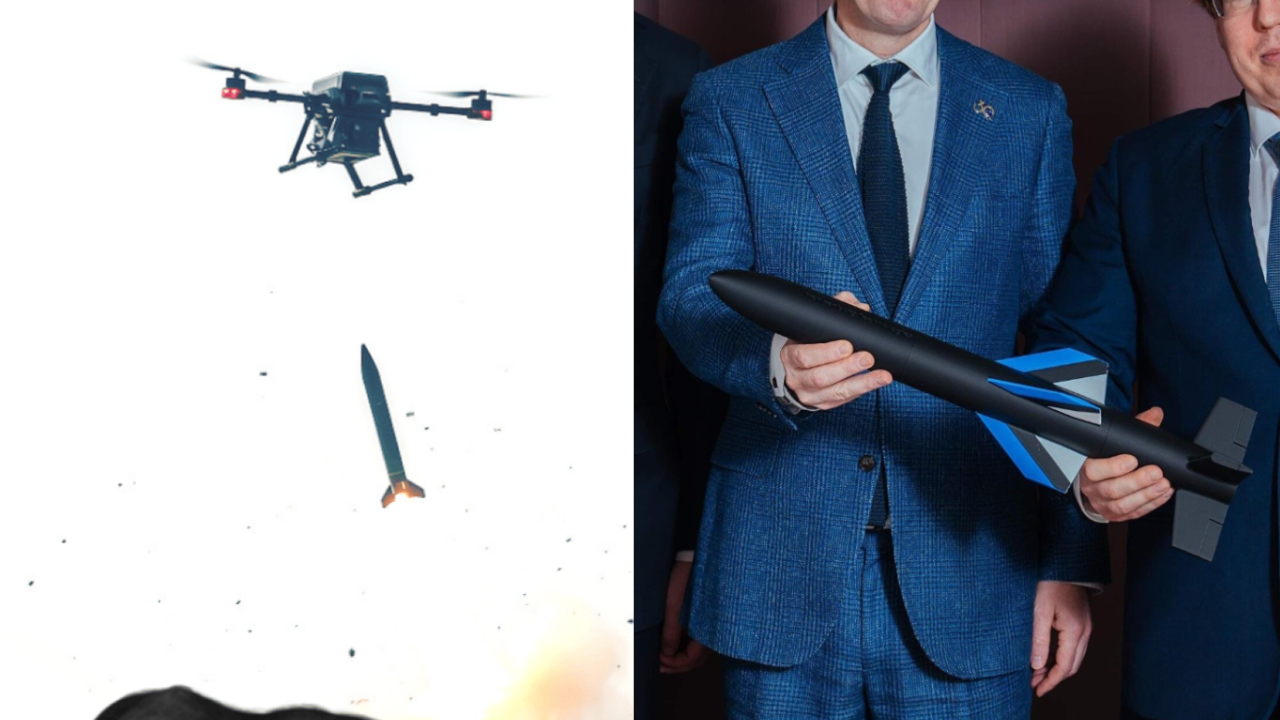To counter advanced underwater deception tactics, China has developed new torpedoes that use artificial intelligence to distinguish real submarines from decoys. According to a research paper published by the Naval Armament Department of the Chinese People’s Liberation Army and the China State Shipbuilding Corporation in the April 2025 issue of the Chinese journal “Control and Simulation,” the discrimination accuracy reached an impressive 92%.
Submarines traditionally rely on deception tactics as a first line of defense against hostile torpedoes. These tactics include deploying false bubble trails that mimic submarine movement, deploying high-tech decoys that generate fake acoustic signatures, or even launching coordinated swarms of decoys to present false targets on sonar displays.
Therefore, the target recognition capability of high-speed underwater vehicles determines the ultimate outcome of their missions. To enhance this capability, Chinese research proposed a new underwater target recognition model based on Deep Learning. This model fundamentally relies on integrating two pivotal AI technologies: Convolutional Neural Networks (CNNs) and Generative Adversarial Networks (GANs).
Convolutional Neural Networks (CNNs) are among the most prominent deep learning models, having achieved remarkable success in areas like facial recognition, scene classification, and object tracking. In this research, the CNN architecture was adapted to handle the specific characteristics of sonar data in the underwater environment. Its ability to analyze complex acoustic signals and distinguish subtle details is what allows it to identify real submarines amidst noise and decoys. While the CNNs were trained on real data from high-speed torpedo tests, the quantity of this real-world data remained insufficient.
To address this issue of limited training data, Chinese researchers leveraged Generative Adversarial Networks (GANs). A GAN consists of two competing neural networks:
- The Generator: Its role is to create new data (such as simulated images of naval targets) that closely mimic real data.
- The Discriminator: Its function is to accurately distinguish between real data and the data generated by the Generator.
In this adversarial training process, the Generator attempts to produce data convincing enough to fool the Discriminator, while the Discriminator strives to become more adept at identifying real versus fake data. Through this process, the Generator significantly improves its ability to produce highly realistic data, thereby greatly expanding the training dataset. This expanded dataset, in turn, substantially boosts the CNN’s ability to recognize real targets, even with limited initial real-world test data.
The 92% accuracy achieved by these Chinese torpedoes signifies that the primary line of defense used by submarines for camouflage has been almost completely circumvented. This advancement is a game-changer, demanding the innovation of even more sophisticated defensive measures.
This development represents a significant stride in the evolution of naval warfare and its increasing reliance on AI technologies. It will undoubtedly compel other nations to accelerate their research in utilizing artificial intelligence, both for offensive operations and for improving their defensive strategies and misleading AI systems.









